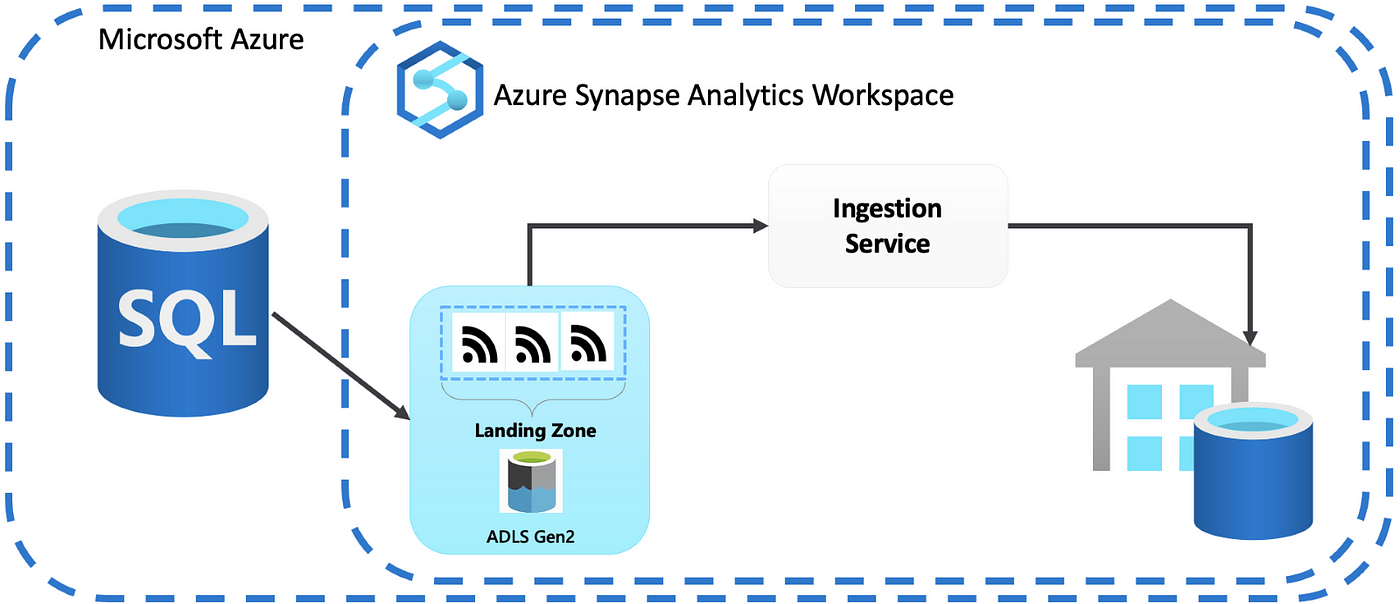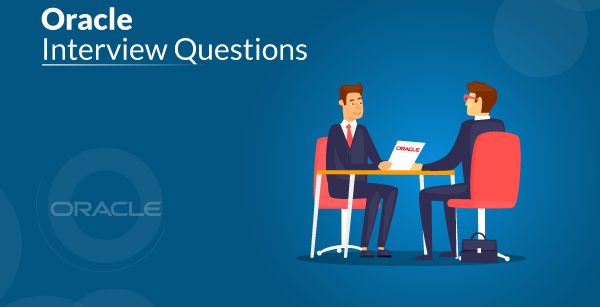Dockerfile serves as a crucial tool for building efficient and reproducible Docker images. To help you ace your Dockerfile-related interviews, we’ve compiled a comprehensive list of the top 25 Dockerfile interview questions along with detailed answers. Let’s dive in!
Dockerfile interview questions and answers
1. What is Dockerfile?
Answer: Dockerfile is a text-based script used to define the instructions for building Docker images. It contains a series of commands and parameters that Docker Engine executes to assemble the image layer by layer.
2. What is the purpose of the FROM instruction in a Dockerfile?
Answer: The FROM instruction specifies the base image for the Docker image being built. It defines the starting point for the image build process and ensures that subsequent instructions are applied on top of this base image.
3. How do you comment in a Dockerfile?
Answer: Comments in a Dockerfile can be added using the ‘#’ character. Any text following ‘#’ on a line is considered a comment and is ignored by the Docker build process.
4. Explain the RUN instruction in Dockerfile.
Answer: The RUN instruction executes commands within the Docker container during image build time. It allows users to install packages, run scripts, and perform other setup tasks necessary for the image.
5. What is the difference between CMD and ENTRYPOINT instructions?
Answer: The CMD instruction specifies the default command to run when a container is launched without any command-line arguments. The ENTRYPOINT instruction defines the command or script to be executed when the container starts, with CMD providing additional default arguments.
6. How do you copy files into a Docker image?
Answer: The COPY instruction in Dockerfile is used to copy files and directories from the host system into the Docker image. Syntax: COPY <src> <dest>
7. Explain the difference between ADD and COPY instructions.
Answer: Both ADD and COPY instructions in Dockerfile are used to copy files into the Docker image. However, ADD has additional features like URL support and automatic extraction of compressed files, while COPY is simpler and recommended for most use cases.
8. What is the purpose of the WORKDIR instruction?
Answer: The WORKDIR instruction sets the working directory for any subsequent instructions in the Dockerfile. It ensures that commands are executed relative to this directory, simplifying the management of file paths within the Docker image.
9. How do you set environment variables in a Dockerfile?
Answer: The ENV instruction in Dockerfile is used to set environment variables within the Docker image. Syntax: ENV <key> <value>
10. Explain the VOLUME instruction in Dockerfile.
Answer: The VOLUME instruction creates a mount point within the Docker container and specifies that files or directories at this location should be persisted outside the container’s writable layer. It is commonly used for managing persistent data in Docker containers.
11. What is Dockerfile caching?
Answer: Dockerfile caching is a mechanism used by Docker to optimize the image build process by reusing previously built layers when possible. This helps improve build speed and efficiency, especially for repetitive build operations.
12. How do you invalidate Dockerfile cache?
Answer: To invalidate Dockerfile cache for a specific instruction and force Docker to rebuild the subsequent layers, you can use the --no-cache option with the docker build command.
13. What is the difference between ENTRYPOINT and CMD when defining the container command?
Answer: ENTRYPOINT specifies the command or script to run when the container starts, while CMD provides default arguments for the entry point command. CMD is overridden by command-line arguments, while ENTRYPOINT is not.
14. How do you debug a Dockerfile?
Answer: Debugging Dockerfile involves using techniques like adding debug output to commands, running the container interactively with docker run, and inspecting container logs and filesystem changes.
15. Explain the HEALTHCHECK instruction in Dockerfile.
Answer: The HEALTHCHECK instruction defines a command to periodically check the health status of a container. It allows Docker to monitor the container’s health and take appropriate action based on the check results.
16. What is the purpose of the EXPOSE instruction in Dockerfile?
Answer: The EXPOSE instruction specifies the network ports on which the container will listen for incoming connections. It does not actually publish the ports, but serves as documentation for users of the image.
17. How do you use multi-stage builds in Dockerfile?
Answer: Multi-stage builds in Dockerfile allow users to create smaller and more efficient images by separating build dependencies from runtime dependencies. This involves defining multiple FROM instructions and copying artifacts between stages.
18. What is Dockerfile linting?
Answer: Dockerfile linting is the process of analyzing Dockerfiles for potential issues, best practices violations, and security vulnerabilities using tools like Dockerfilelint, Hadolint, and Docker Bench for Security.
19. How do you handle secrets in Dockerfile?
Answer: Secrets in Dockerfile can be managed using techniques like environment variables, Docker secrets, and external secrets management tools. It is important to prioritize security and avoid exposing sensitive information in Docker images.
20. Explain the concept of Dockerfile inheritance.
Answer: Dockerfile inheritance refers to the ability to extend and customize Docker images by creating new images based on existing ones. This allows users to leverage existing image layers and configurations while adding or modifying specific functionality.
21. What are some best practices for writing Dockerfiles?
Answer: Best practices for Dockerfile include keeping images small, minimizing layers, avoiding unnecessary dependencies, using .dockerignore to exclude files, and leveraging multi-stage builds for optimization.
22. How do you handle versioning in Dockerfile?
Answer: Versioning in Dockerfile involves specifying version tags for base images and dependencies, pinning versions to prevent unexpected changes, and using version control systems like Git for managing Dockerfile changes.
23. What is the SHELL instruction in Dockerfile?
Answer: The SHELL instruction allows users to override the default shell used by Docker for executing commands within the container. It is useful for specifying a different shell or shell options, especially in multi-platform environments.
24. How do you manage dependencies in Dockerfile?
Answer: Dependencies in Dockerfile can be managed using package managers like APT, YUM, or pip, as well as by copying pre-built binaries or libraries into the image. It is important to minimize dependencies and avoid unnecessary bloat.
25. What is the best way to document Dockerfile?
Answer: Dockerfile documentation involves adding comments, labels, and README files to provide information about image purpose, build instructions, usage, and dependencies. Tools like Docker Hub and Dockerfilelint can also assist in documentation and validation.
Conclusion
Mastering Dockerfile is essential for building efficient and reliable Docker images. By understanding these top 25 Dockerfile interview questions and answers, you’ll be well-equipped to tackle Docker-related interviews and excel in containerization projects.
For further insights and resources on Dockerfile:










